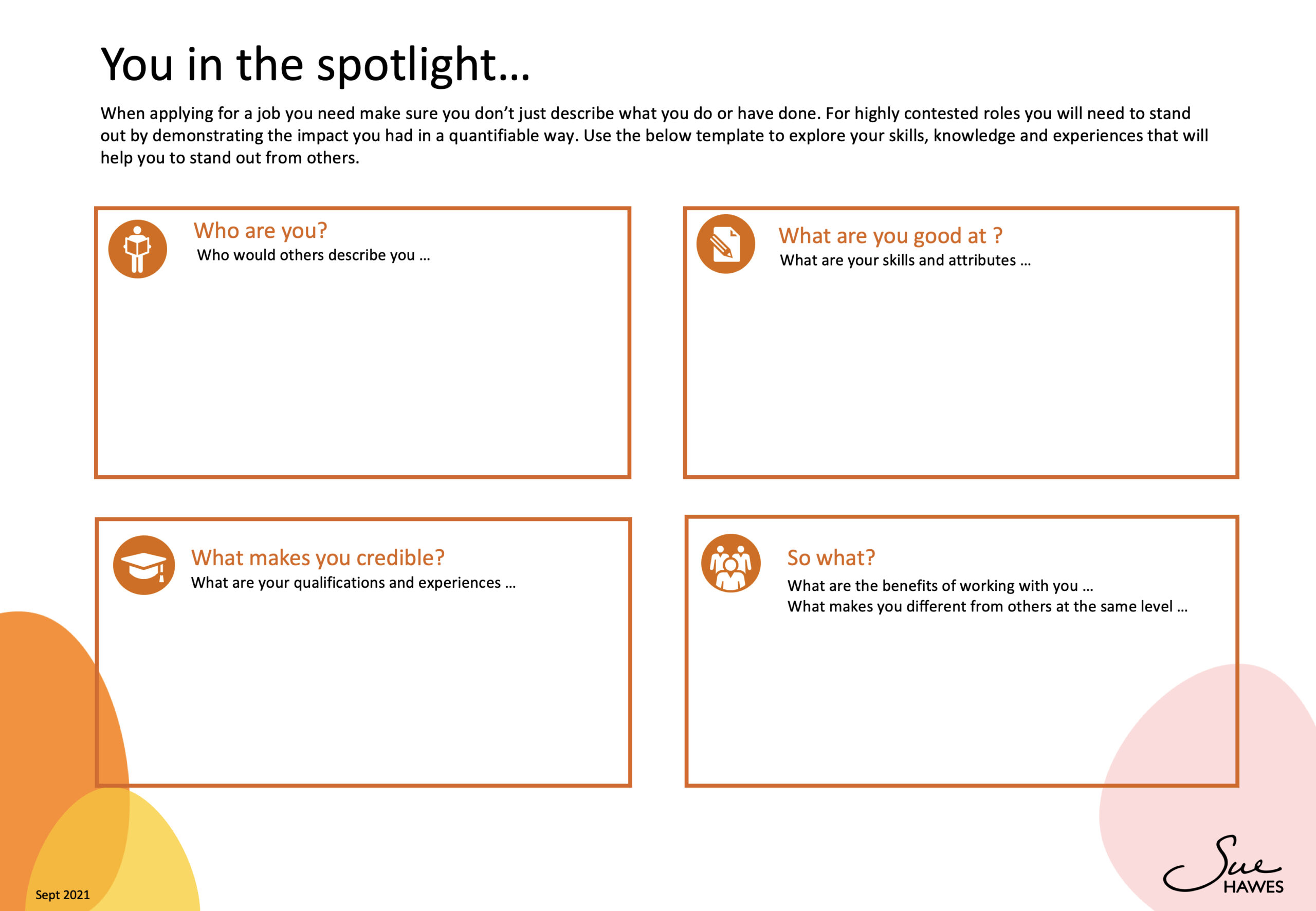So you want to update your CV ….
I see it time and time again how people let themselves down in developing their CV and ultimately their crack at a new job.
This blog will focus on your CV only and I write this based on my observations and experiences recruiting clinical and non – clinical staff in health and consulting.
Nurses in particular are terrible at writing a CV that really reflects and promotes their skills and expertise. This is also true for other professionals. What most people do is write about what they do and often fall into the trap of regurgitating their job description. In a competitive job market this will not be good enough and will often see you culled from the process.
What matters is your ability to describe the difference you made in doing a particular role.
You need to ask yourself – “SO WHAT ?”
You must be able to quantify and qualify the impact you have had because you have been in a particular role. Think about 10 people with similar roles to you applying for the same job – how will you stand out?
Some tips from me:
Be authentic – don’t lie!
There is nothing worse than being caught out for over embellishing your capability and performance. Think twice before you colour in your CV with things that you are not able to do or have never done.
Showcase your qualifications upfront
Here I am talking about the qualifications you got from a registered training authority (ATO) or tertiary institution.
Depending on the role you are applying for you should not include a long list of ‘in-house’ or mandatory courses. You could have these on a separate piece of paper and provide it if requested. (I keep a list in my professional portfolio). The exception might be if there are courses or credentialing required for a specific role. In this case, be careful how you list it as it may not be a professional qualification but a course.
Have a strong introduction to “YOU”
If you are one of 100 applicants, how do captivate the panel members that makes them want to read more? A brief introduction that highlights who you are and what you stand for is a great opening to your CV. You need to be able to create interest so that the panel is excited to read more.
Take the time to reflect
Take some time to stop and reflect on who you are and what you stand for no matter where you are in your career. I have developed the template below to guide some of your thinking. Fill it out and then ask a trusted companion to take a look and give you some feedback.

Flow, format and language
The order of information and the language used is really important. As is the format. I like the following – but that does not mean it’s right or perfect – it is just one perspective for you to consider.

THE ORDER
- Name address or email address, phone number.
- Introductory paragraph.
- Bullet points on your skills and attributes (no more than 9 – and don’t make them up).
- Career highlights – depending on where you are in your career you may need to use sub headings THIS ENDS THE FIRST PAGE
- Next consider adding a table that summarises your jobs – here you have three columns where you list the organisation, the role you had and then the dates.
- Next you should list your qualifications and memberships. These are tertiary qualifications and memberships to professional associations – not industrial (your union).
- Details of your career progression needs to come next. Here you detail your employer, a few bullet points on your responsibilities and then the most important element is the outcomes you have delivered or impact you have made. Where you can, be specific and provide qualitative or quantitative evidence. Only go back 5 to 10 years – otherwise you will be like me and potentially write a novel!
THE FORMAT
- Don’t use every bit of white space on the paper
- Think about putting things into tables
- Do anything that will make it easier for the reader to skim or read in detail
- Don’t use different size fonts. Develop a format pattern and stick to it
- Place your name and date in the footer (if a panel member drops 100 pages out of folder at least they can find yours)
- If you use colour – print in black and white before submitting as you can often loose effects
LANGAUGE
- Check, check and double check your spelling and grammar. If you are not good at this find someone who is. This speaks to your ability to write, communicate a succinct message and pay attention to detail. I once received an application for a senior nursing position and the applicant had spelt Queensland three different ways on one page – all were incorrect!!! They didn’t make it to interview.
- Watch the use of acronyms, especially if you are going to a new organisation that will not have the context of where you have worked. Always write it in full the first time and then use the acronym.
- Think about the words you use. For example: Professional Experiences rather than Jobs!
Here is a template that you may find useful in developing your CV. I suggest you first do the reflective piece so you can appreciate what you have to offer.
Well that’s all from me for now. Look out for the other blogs in this series.
Toodles
![]()



